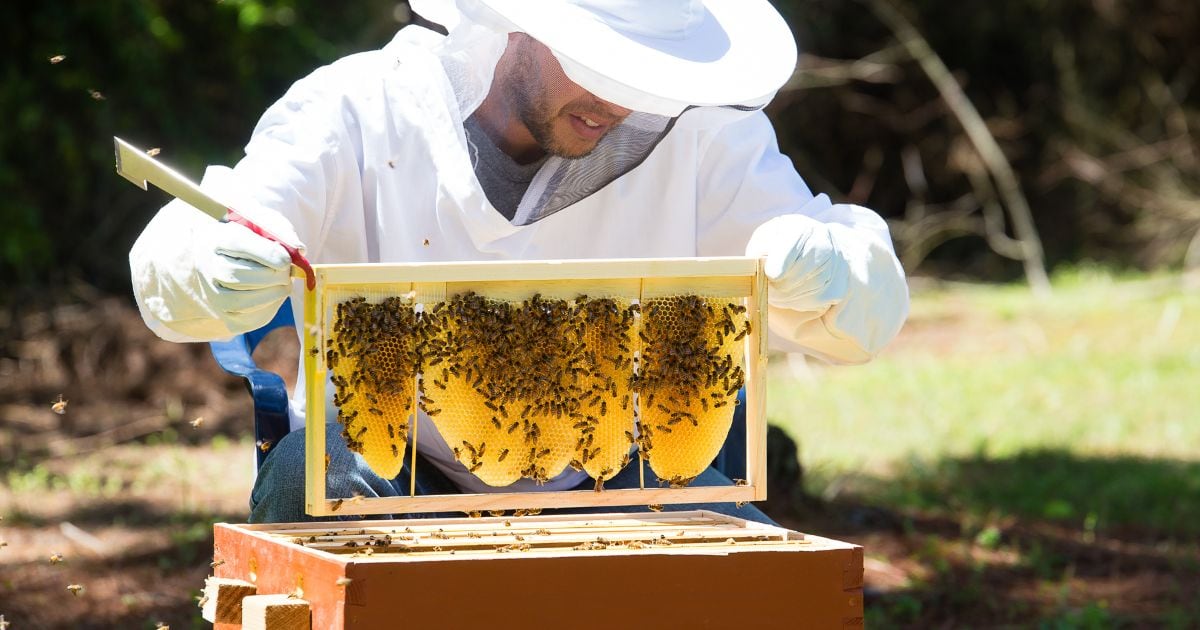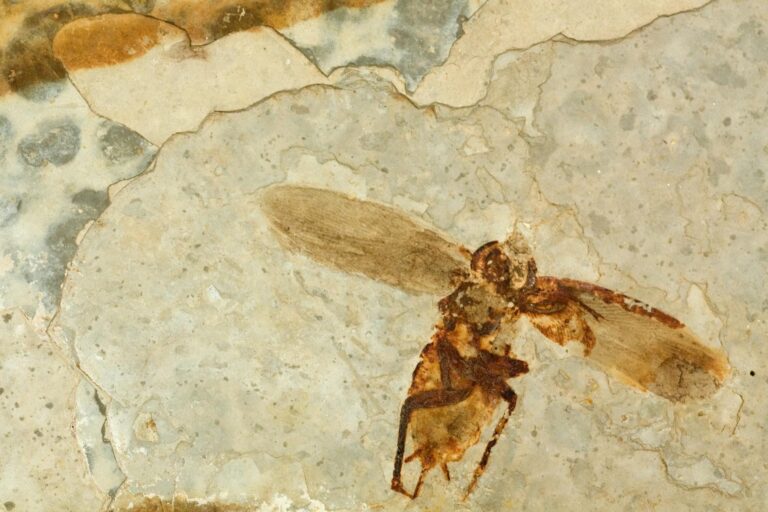What is Natural Beekeeping?
Outside of their natural habitats, bees are kept in different ways by different keepers. Natural beekeeping can be defined based on five important principles. Read on to find out what they are.

Some conventional beekeeping methods employ chemicals and pesticides to assist in the harvesting of honey and the keeping of bees. Natural beekeeping respects the needs of the colony over those of the beekeeper.
This holistic approach comes from an environmentalist perspective that honours these miraculous insects and seeks to provide the most positive domesticated life cycle. In turn, this “api-centric” approach should be encouraged for all beekeepers who want to keep bees for reasons other than intensive honey production.
There are many reasons to love the honeybee. Honeybees are an ancient species that have developed a complex and highly intelligent set of life processes, behaviours and social skills that enable them to exist.
These attributes have earned the bee colony recognition as a “superorganism”. This is perhaps the most vital premise behind natural beekeeping; its ethos—to keep bees with the good of the animal in mind—takes into consideration the functioning of this “organism” instead of merely focusing on individual insects.
In turn, natural beekeeping aims to replicate, or mimic, the nest structure that would usually be found in the wild. By doing this, the colony is made to feel as comfortable as possible, and the intricate and sophisticated processes carried out by bees can continue.
This encourages the superorganism to communicate as effectively as possible and adapt to external conditions as they arise. This could be disease or environmental shifts.
Whatever changes externally, is dealt with naturally, ensuring the colony keeps adapting as it would in the wild.
Examples of hives that accommodate this natural approach include the divisible Warre Hive, the Sun Hive and the Kenyan Top Bar Hive. Each of these hives mimics the naturally built nests found in the hollows of trees.
The key factors to natural beekeeping could be defined as:
- allowing the bees to reproduce naturally while managing any ensuing swarming
- allowing the bees to build their own honeycomb instead of using synthetic structures
- generating natural food supplies in the surrounding environment for the bees to collect and feed on
- the adoption of chemical-free processes
- minimal intervention into the hives.
This philosophy has led to various changes and considerations within apiology, especially in the areas of bee hive design and bee management as informed by ongoing scientific research into bee colony life.
These changes encourage these remarkable animals to maintain their natural lifecycle, while simultaneously being a more enjoyable method for beekeepers.


